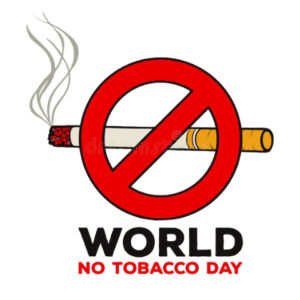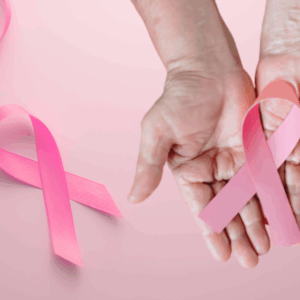In low- and middle-income countries, public health problems are a major concern due to numerous factors. The common cause of a problem includes hygiene and sanitation, which play an important role in avoiding preventable diseases. The WASH strategy prioritises water, sanitation, and hygiene, which have a considerable role in diarrhoea control. Despite the measures and controls, diarrhoea cases are highest among young people, adults, and those with weak immune responses in developing nations. Diarrhoea is the third-leading cause of death among young children, with 1.7 billion cases yearly 4,80,000 deaths among children globally. Contributing 60% death due to contaminated water and food. The diarrhoea cases are highly seen in Nigeria and India. The disease is often treatable through simple oral rehydration solution (ORS). The cases of diarrhoea in India caused 1,02,000 deaths with 280 deaths every year.
WASH a strategy to improve safe and hygienic water
The WASH programme initiative by UNICEF is to ensure an improved survival outcome of safe drinking water reaching every child as part of their rights and enjoying life with basic amenities. According to UNICEF, in 2015, India claimed 95% coverage of water supply to all, but after the transition of the Millennium Development Goals (MDG) to the Sustainable Development Goals (SDG), the coverage was less than 49% in rural areas for providing safe drinking water. This change is due to the indicators targeted. UNICEF also encourages programmes implemented by countries to raise awareness of the issues. Under the Modi Government, the water department was divided into two departments: the department of water resources, river development, and Ganga rejuvenation, and the department of drinking water and sanitation. The aim was to integrate the water supply not only on a need-based basis and for long-term sustainability but also on a demand-driven basis through decentralisation and community-based management for their needs and to safeguard the water sources from depletion. The Jal Jeevan mission was formulated by considering SDG goals in providing water needs as a basic amenity to all rural and urban settlements under the department of drinking water and sanitation.
Enforcement needs local government, human capacity, collaboration, and advocacy in a favourable manner to reach the target. Although the sources tell us that water supply increased from 17% to 49% in 2019 to 2022 by reaching water tap supply in rural settlements, this reduced the burden of child dropout, malnutrition, diarrhoea, starvation, and several other preventable health complications. In India it is a major cause in urban and rural area due to adequate priority in safeguarding sanitation and hygiene through water supply its very important to safe water system management also benefits nations by shaping the resources into efficient, high-productivity water source recycling projects. It is a point source, usage of latrines and piped water as sources of drinking; improved water treatment for the usage of different domestic usages; treatment and quality control of water management; advocacy to reach every household; health education on drinking safe and hygienic water to control water borne preventable diseases by health workers; and controlling water borne diseases. This also helps in shaping the country’s development towards better planning and management of health through progressive development.
The projects with international agencies and other multi-national stakeholders will definitely reach the concerned group by highlighting the weak areas. Although the issues are numerous and necessary measures are taken to focus on areas of scarcity that need attention, they must be addressed and managed. Global adaptation of projects and methods must be encouraged in utilising the resources such that it forms an alternative way of streamlining the resources and planning a cause-specific programme.
About the Author: Jencil D Souza is Lecturer and Research Officer at Edward & Cynthia Institute of Public Health ( ECIPH)
Disclaimer: Views expressed are the author’s own. Edward & Cynthia Institute of Public Health or Yenepoya (Deemed to be University) are not responsible for contents or opinions reflected in this article.

Jencil D Souza
Jencil D Souza is Lecturer and Research Officer at Edward & Cynthia Institute of Public Health ( ECIPH)
-
This author does not have any more posts.




